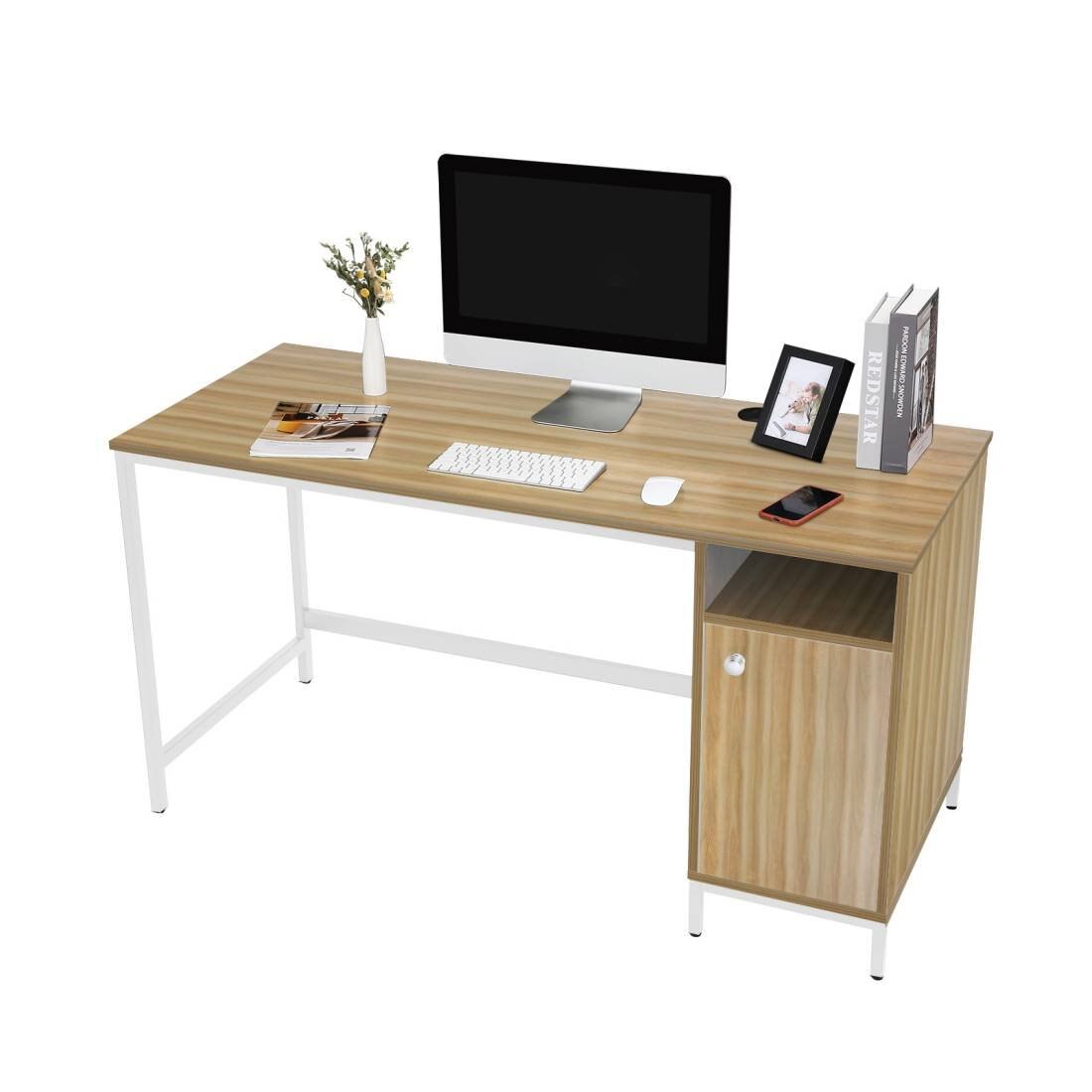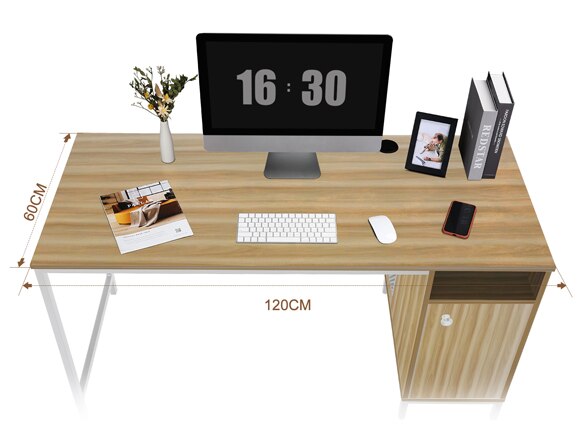It's easy to overlook the tiniest aspects of your workspace, like the location of your monitor or the height of your chair, when you spend hours a day at your desk. For the finest ergonomics and productivity, here's what science has to say about your workplace.
Even if you don't notice it, a cluttered desk, an uncomfortable chair, and bad lighting all contribute to a gruelling day at the office. You may, however, improve your working environment and avoid being suffocated by your desk with a few simple alterations.
Be aware of how much your environment might affect your output. Workers' productivity can rise by as much as 16 percent, and their overall happiness can rise by as much as 9 percent as a result of workplace design, according to research. Consider the following factors when arranging your workstation to get more done in less time.
Setting up your office desk

Lighting
Your mood and well-being might be affected by the quality of the lighting at your office. People who work in dim or harsh lighting environments are more likely to suffer from eye strain and exhaustion. On the other hand, natural light is the best light you can have in your workplace.
Why is it so vital to spend time in the sun on a regular basis? The release of serotonin, a hormone that aids in concentration and relaxation, is aided by exposure to sunlight, which helps our bodies maintain their internal "clocks" or circadian rhythms.
If you have the option, locate your office in a room with a window so that you can get the benefits of the sun's energy. Even if you don't have control over your workplace's illumination and don't have a desk that's right near a window, try to get outside more for your breaks and check if you can obtain an office desk lamp that simulates daylight. This will help you feel more alert and productive.
Plants
What can plants do for you? Yes, a few plants at your office could positively impact your productivity and well-being. Indoor plants, according to research, help workers who are constantly on the go stay alert and focused.
Peace lilies are excellent air purifiers, allowing you to work in a clean environment while also boosting your productivity. It's worth considering low-maintenance options like aloe and cacti as well. To brighten up your workstation, all you need to do is bring in a few plants.
Colour

When it comes to studying colour psychology, it's intriguing. Red, for example, is a stimulating and invigorating colour, yet it may also be seen as aggressive. Some people find the colour blue energising, while others find it sterile and devoid of feeling.
When choosing paint colours for your home office or desk accessories, remember these colour meanings. Keeping your workplace clutter-free with coordinating-coloured items might help you focus instead of getting distracted by it.
Temperature
There are some workplaces where the thermostat is a constant source of contention. As a result, many people are less productive during the summer months. Could the icy air conditioning be to blame?
Personal preference is not always taken into consideration, but if you have the opportunity to explore, see what occurs. The "wear a sweater" or "buy a tiny fan" options are always available if you can't manage the temperature in your office.
Sound
When it comes to background music for the office, you have two choices: relaxing sounds or distracting noises. The latter is something we have to deal with far too frequently. When you work in an open workplace, it's easy to get distracted by other people's chats and keyboard clicks.
In order to work from home, you may have to put up with the barking dog next door, construction workers, and even the sound of passing cars. It's also possible that you'll be interrupted by notifications from your phone while you're working.
When you're trying to get work done, it's difficult to block out the noise. Good noise-cancelling headphones may be of assistance.
Other ergonomic practices
The Ideal Desk Height

When sitting, your desk should allow you to type on a keyboard with your arms and hands nearly parallel to the floor, your feet flat on the floor, and your legs comfortable fitting under the desk (Under the surface, you should be able to easily cross your legs.).
Ergonomic Chairs
After a desk, your chair is the most significant piece of office furniture, especially if you sit in it for long periods of time. The more customisable the chair, the more probable it will fit you well and keep you comfy all day. High-end chairs will allow you to modify the hardness and position of the lumbar support, as well as the seat depth and other features.
Keyboard and Mouse Placement and Types
Finally, consider your computer's keyboard and mouse. These, too, are perfectly placed.
A user should be able to rest their elbows on the keyboard effortlessly to reduce shoulder discomfort. Additionally, your keyboard should be low enough to allow your arms to be at a 90-degree angle to the floor and your hands to be flat or bent downward.
Bottom line
Your workstation should be personalised to you. It is where you carry out your life's job (or at least the work that helps pay the bills). It should promote both your well-being and your preferred working style. The recommendations above should help you improve your workplace layout so that you have the best work days ever—as well as the energy to have a life outside of work.
So, if you are planning to buy yourself an office desk, don't hesitate to visit Flexispot. We bet your search of looking for an office desk will end there.